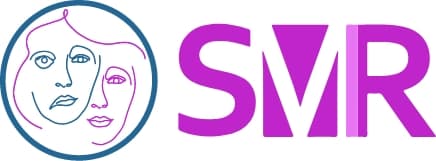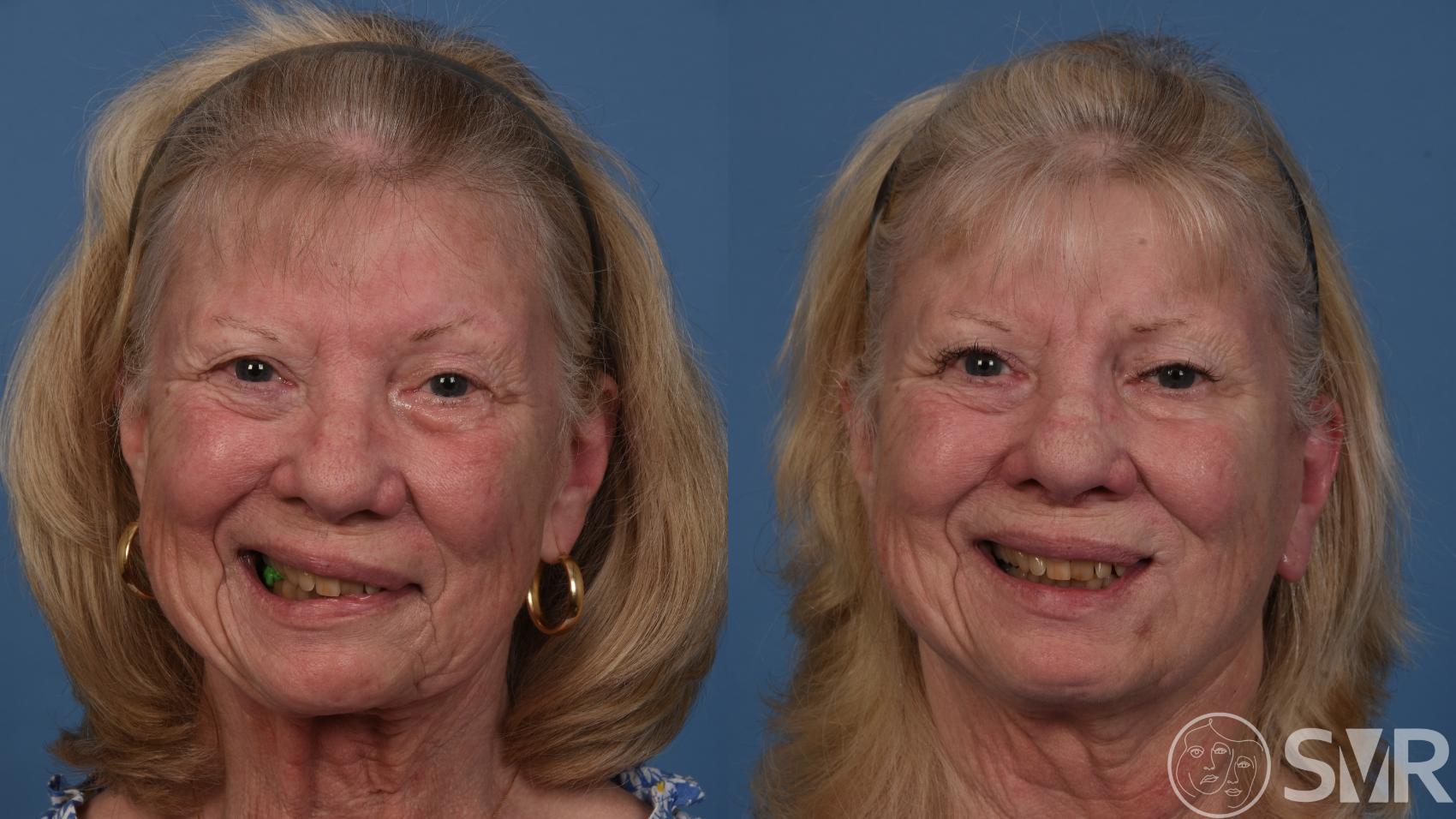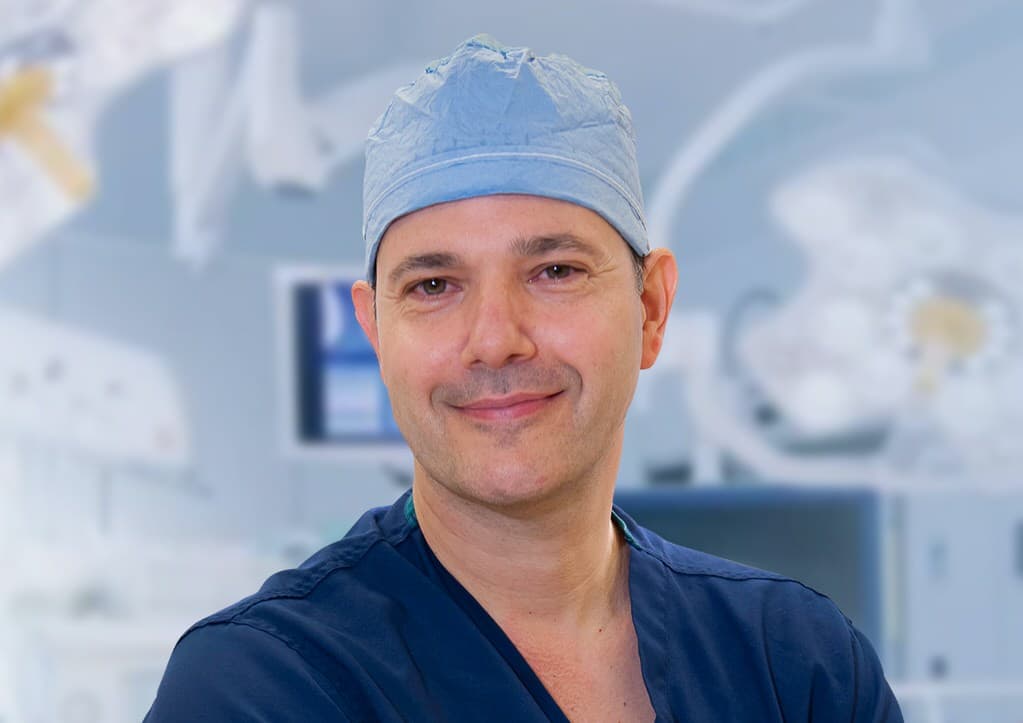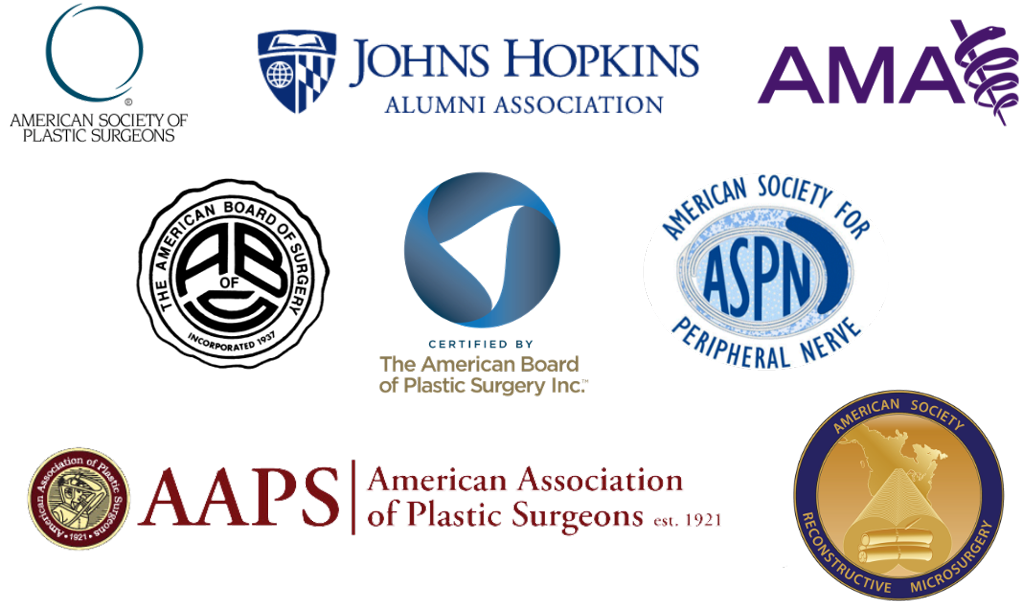Shai M. Rozen, M.D., F.A.C.S.
1801 Inwood Road
Dallas, TX 75390
Phone: (214) 645-2353
Monday–Friday: 8 a.m.–5 p.m.
Bell’s Palsy
Bell’s palsy, named after Scottish neurologist Sir Charles Bell, is the most common form of facial paralysis in the United States. It typically causes muscle weakness or paralysis on one side of the face. In some cases, Bell’s palsy can lead to involuntary and uncoordinated facial movements called synkinesis.
Dr. Shai Rozen, a thought leader and leading specialist in the area of facial paralysis, and an expert team of neurotologists and physical therapists at the University of Texas Southwestern Medical Center, have extensive experience diagnosing and treating Bell’s palsy in a wide range of patients. Learning about this condition is the first step in your journey to recovery and toward restoring facial function and appearance, hope, and self-confidence.
What are the symptoms of Bell’s palsy?
The term Bell’s palsy is used synonymously with facial paralysis, often incorrectly. The basic definition of Bell’s palsy is an acute onset of peripheral facial paralysis of an unknown cause. It usually affects one side of the face. This can result in all of the typical symptoms and signs of facial paralysis, including but not limited to:
- Drooping or weakness on one side of the face
- Difficulty closing one eye
- Asymmetric smile, and possibly drooling
- Food accumulating inside the cheek of the affected side
- Dry eye
Patients with Bell’s palsy may be affected on both sides, although this usually happens in different periods of life. Bell’s palsy always develops quickly over a period of 24 to 48 hours. It may sometimes appear before or after feeling pain in the ear, neck, or head.
Does the rate of paralysis development mean something?
This rapid evolution of facial paralysis does not confirm the diagnosis of Bell’s palsy, since quick onset paralysis can have other causes; but if paralysis develops slowly over months, other causes should be considered, including cancer.
What are the other reasons for rapidly developing facial paralysis?
There are many other causes of a rapid decline in facial function and facial paralysis, including:
- Ramsay Hunt Syndrome, caused by the chickenpox virus (varicella zoster virus), may appear with or without any associated painful vesicle in the face.
- Other infectious processes that are usually secondary to viruses.
- Trauma to the facial nerve.
- Surgery of the face.
A Valuable Resource for Those Affected by Facial Paralysis
If you, a loved one, or a patient is affected by facial paralysis, it’s crucial to have accurate, up-to-date information about symptoms and solutions. Board-certified plastic surgeon Dr. Shai Rozen, a specialist in facial paralysis and facial aesthetics, created Your Guide to Facial Paralysis & Bell’s Palsy to be a readily accessible resource for all.
This downloadable, printable e-book makes it easy to understand:
- How paralysis affects the face
- When it’s time to see a specialist
- Common causes of facial paralysis
- The difference between facial paralysis and Bell’s palsy
- Myths and facts
- The latest treatment options
- Answers to common questions
Get your free copy today—to download or view in your web browser—by completing the following fields:

What if my paralysis has developed over several months or years?
If your paralysis developed over a long period of time, the diagnosis is not Bell’s palsy. There are many other causes of slow-developing facial paralysis, including:
- Acoustic neuromas (also called vestibular schwannomas) and other benign tumors
- Facial nerve hemangiomas
- Malignant (cancerous) tumors such as squamous cell carcinoma and different cancerous parotid tumors
What do most patients experience in the first few days of Bell’s palsy?
Many patients are initially concerned that they had a stroke and go to the emergency department or their primary physician. Sometimes, a workup will include a CT scan to rule out a stroke. If patients don’t have associated weakness in other areas of the body, have a negative CT scan, and have no obvious cause of paralysis, they are diagnosed with Bell’s palsy. Most patients will receive a combination of steroids and anti-viral medications within the first 24 hours.
What should patients diagnosed with Bell’s palsy expect in the first 3 to 4 months?
The majority of patients diagnosed with Bell’s palsy will recover over the following 3 months. This can be a very frustrating period, but the first signs of recovery will appear as:
- Increased facial tone (the symmetry of the face seems to improve).
- Small motion around the eyes and mouth
- Gradual increased facial function
Ideally, full function is regained after 3 to 4 months.
What if there is no return of function in the first 3 months?
If no motion is observed within 3 months, full recovery is unlikely. This doesn’t mean that recovery is not possible. At this point, the patient should consult with a surgeon who is a facial nerve specialist and is an expert in facial reanimation.
If there is little to no improvement over the ensuing several months (months 5 to 6) and the face has no tone and no motion, surgical interventions should be considered. Dr. Rozen and his team offer a variety of options for improving facial symmetry and the patient’s cosmetic appearance, including facial plastic surgery for Bell’s Palsy.
Dr. Shai Rozen
Dr. Rozen is a board-certified plastic surgeon who co-created a facial paralysis specialty group with colleagues from otolaryngology & neurosurgery at the University of Texas Southwestern Medical Center.
Meet Dr. Rozen
What if, after recovery, you begin having abnormal, involuntary facial movements and sensations?
Although most patients with Bell’s palsy recover fully, there is a group of patients who initially recover but then “overshoot” in their recovery and begin experiencing synkinesis (abnormal, involuntary facial movements).
Initially, patients experience twitches around the eyes. With time, some patients will progress to involuntary motion. Most commonly, the corner of the mouth moves when closing the eye (ocular-oral synkinesis), and conversely the eye closes when attempting to smile (oral-ocular synkinesis).
In addition, patients may experience increased tone or “pull” in different areas in the face and neck. This is part of the synkinesis. The distance between the lower and upper eyelid (palpebral aperture) may diminish, making it appear as though the eye is smaller and tighter on that side (blepharospasm). The cheek may appear more swollen and feel tighter, the nasolabial fold looks deeper, and the neck feels tighter (hemifacial spasm).
Dr. Rozen and his team offer a number of treatment strategies for synkinesis that range from the use of BOTOX® to surgery and most often the combination of several treatment strategies.
What causes Bell’s palsy during pregnancy?
Though not common, Bell’s palsy does occur during pregnancy and the exact reason is unclear. It could be due to the stress of pregnancy or possibly the reactivation of a dormant virus. The symptoms often improve over time, but similar to Bell’s palsy unrelated to pregnancy, recovery may differ among patients.
Like Bell’s palsy outside of pregnancy, treatment is based on progress in the first 6 months—full recovery versus partial recovery, with or without synkinesis, or no recovery. In general, any surgical treatment needed can wait until after delivery.
What causes Bell’s palsy in children?
Bell’s palsy can occur in kids of all ages, including infants and toddlers, throughout the United States and around the world. While the exact cause is unclear, many believe it is caused by inflammation of the facial nerve, often as a result of a viral infection. Moebius syndrome, another type of pediatric facial paralysis, is congenital and affects both sides of the face.
What is the best treatment for Bell’s palsy?
Treatments for Bell’s palsy vary depending on the patient and the severity of their symptoms, as discussed in detail above. Fortunately, there are effective options to help the majority of patients improve. For specific treatment strategies and techniques, refer to the Facial Paralysis Treatments and Synkinesis Treatments pages.
Next Steps
If you or a loved one is affected by Bell’s palsy, Dr. Rozen and his team are ready to help with genuine compassion and the latest treatments available. Request a consultation to meet with Dr. Rozen at UT Southwestern.










